Table of content
- Room Temperature Storage (Countertop or Pantry)
- Refrigeration: The Go-To for Short-Term Freshness
- Freezing: Preserving for Months
- Dehydration: Concentrating Flavor for Off-Season Use
- Canning or Jarring: Tangy Preserves for Pantry Storage
- Vacuum Sealing: Maximizing Freshness
- Alcohol Infusion: A Gourmet Twist
Passion fruit, with its vibrant purple or yellow exteriors and tangy-sweet pulp, is a tropical delight loved worldwide for its unique flavor and nutritional benefits. However, like many exotic fruits, its short shelf life can pose challenges for home cooks and enthusiasts alike. Proper storage is critical to preserving its freshness, flavor, and texture. This comprehensive guide delves into the science behind passion fruit preservation, exploring various methods, ideal conditions, and expected longevity. Whether you’re stocking up during peak season or saving leftovers, this article equips you with actionable insights to minimize waste and maximize enjoyment.
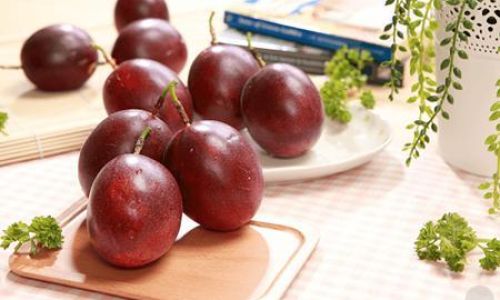
Understanding Passion Fruit: A Brief Overview
Before diving into storage techniques, it’s essential to grasp the fruit’s biology. Passion fruit (Passiflora edulis) thrives in tropical and subtropical climates, with varieties like purple passion fruit (common in South America) and yellow passion fruit (popular in Australia and Africa). The fruit’s thick rind protects a jelly-like pulp filled with edible seeds, rich in vitamins A and C, fiber, and antioxidants.
Passion fruit ripens post-harvest, meaning unripe fruits harvested from the vine will continue to mature. This trait influences storage strategies, as ripeness stages dictate optimal handling. An unripe passion fruit feels hard and smooth, while a ripe one yields slightly to pressure and emits a fragrant aroma.
Storage Methods: Tailoring Techniques to Your Needs
The ideal storage method for passion fruit depends on its ripeness, intended use, and available resources. Below, we explore seven proven approaches, from short-term fresh-keeping to long-term preservation.
Room Temperature Storage (Countertop or Pantry)
Ideal For: Unripe or slightly ripe passion fruit.
Duration: 5–7 days (unripe); 2–3 days (ripe).
Method:
- Place unripe fruits in a breathable container, such as a paper bag or mesh basket.
- Avoid direct sunlight and heat sources, which accelerate ripening.
- Check daily for ripeness by gently pressing the rind—it should give slightly without being mushy.
Pro Tip: To expedite ripening, store passion fruit near bananas or apples, which emit ethylene gas.
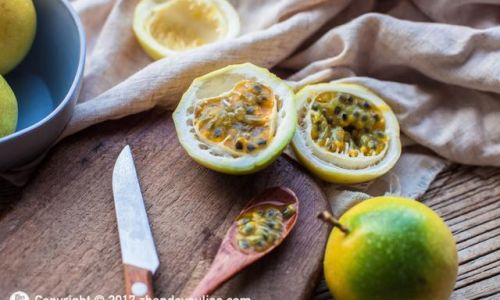
Refrigeration: The Go-To for Short-Term Freshness
Ideal For: Ripe passion fruit.
Duration: 10–14 days (whole); 3–4 days (cut).
Method:
- Whole Fruits: Place in the crisper drawer of your refrigerator. Do not wash before storing, as excess moisture promotes mold.
- Cut Fruits: Scoop out the pulp and seeds, then transfer to an airtight container. Cover with a thin layer of plastic wrap to prevent oxidation.
Why It Works: Cold temperatures slow enzymatic activity and microbial growth, extending freshness. However, refrigeration can alter texture slightly, making the rind slightly wrinkled (though the pulp remains unaffected).
Freezing: Preserving for Months
Ideal For: Long-term storage or bulk purchases.
Duration: 6–8 months (whole); 10–12 months (pulp or juice).
Method:
- Whole Fruits: Wash, pat dry, and freeze in a single layer on a baking sheet. Once frozen, transfer to airtight freezer bags.
- Pulp/Juice: Scoop out the pulp, strain if desired, and pour into ice cube trays. Freeze, then store cubes in labeled freezer bags.
Pro Tip: Frozen passion fruit pulp is perfect for smoothies, sauces, or desserts—no thawing required!
Dehydration: Concentrating Flavor for Off-Season Use
Ideal For: Creating passion fruit powder or dried snacks.
Duration: 6–12 months (properly stored).
Method:

- Oven Dehydration: Slice the fruit in half, scoop out the pulp, and spread it on a parchment-lined baking sheet. Dry at 135°F (57°C) for 8–10 hours, stirring occasionally.
- Food Dehydrator: Follow the manufacturer’s instructions, typically drying at 125°F (52°C) for 6–8 hours.
- Store: Once brittle, grind into powder or keep as chips in airtight jars.
Why It Works: Dehydration removes moisture, inhibiting bacterial growth while intensifying flavor.
Canning or Jarring: Tangy Preserves for Pantry Storage
Ideal For: Making jams, jellies, or syrups.
Duration: 1–2 years (unopened jars); 2–3 weeks (opened).
Method:
- Prepare a simple syrup (equal parts sugar and water) and simmer with passion fruit pulp.
- Pour into sterilized jars, leaving ½-inch headspace. Process in a water bath canner for 10 minutes.
Pro Tip: Add a splash of lime juice to enhance acidity and preserve color.
Vacuum Sealing: Maximizing Freshness
Ideal For: Cut or pureed passion fruit.
Duration: 2–3 weeks (refrigerated); 3–4 months (frozen).
Method:
- Use a vacuum sealer to remove air from bags containing pulp or juice.
- Store in the refrigerator or freezer.
Why It Works: Oxygen accelerates spoilage, so vacuum sealing drastically extends shelf life.
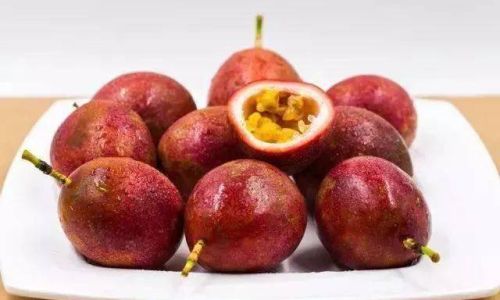
Alcohol Infusion: A Gourmet Twist
Ideal For: Crafting cocktails or gourmet gifts.
Duration: 3–6 months (unopened); 1–2 months (opened).
Method:
- Submerge passion fruit halves or pulp in vodka, rum, or tequila.
- Seal in a sterilized jar and store in a cool, dark place.
Pro Tip: Strain after 3 months for a vibrant, tropical-infused spirit.
Factors Affecting Shelf Life
Even with optimal storage, several variables impact how long passion fruit lasts:
- Ripeness at Harvest: Overripe fruits deteriorate faster.
- Handling: Bruising or puncturing the rind invites spoilage.
- Temperature Fluctuations: Avoid storing near heat vents or drafty windows.
- Humidity: Excess moisture promotes mold; too little dries out the fruit.
Signs of Spoilage: When to Toss It
- Mold: Fuzzy growth on the rind or pulp.
- Discoloration: Dark brown or grayish patches.
- Off Odor: A fermented or sour smell.
- Shriveled Texture: Excessively wrinkled or leathery skin.
Safety Note: When in doubt, discard the fruit. Consuming spoiled passion fruit can cause food poisoning.
Maximizing Freshness: Pro Tips
- Buy Whole, Not Pre-Cut: Exposed pulp spoils rapidly.
- Check Ripeness: Gently press the rind—it should feel firm but not rock-hard.
- Avoid Moisture: Dry fruits thoroughly after washing.
- Use Airtight Containers: Prevent odor absorption in the refrigerator.
- Label and Date: Track storage times, especially for frozen or dehydrated batches.
Creative Uses for Passion Fruit
Beyond eating fresh, passion fruit shines in:
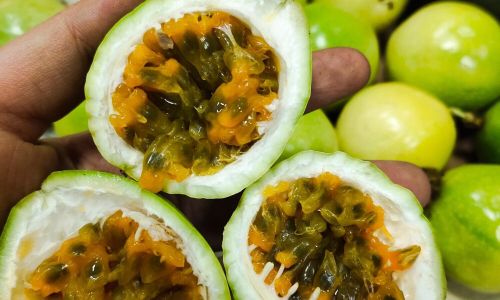
- Smoothies: Blend frozen pulp with mango, banana, and coconut water.
- Cocktails: Muddle with mint and lime for a tropical mojito.
- Desserts: Swirl into cheesecake batter or use as a tart filling.
- Marinades: Mix with soy sauce and honey for grilled chicken.
Conclusion: Savoring Every Moment
Passion fruit’s ephemeral beauty is part of its charm, but with the right storage strategies, you can enjoy its zest year-round. By matching preservation methods to your needs—whether it’s a quick refrigerator stash or a batch of dehydrated powder—you’ll waste less and savor more. Experiment with these techniques, and let the tropical allure of passion fruit elevate your culinary creations.
Remember, the key to successful storage lies in understanding the fruit’s needs: cool, dry, and protected from extremes. With a little care, this exotic gem can grace your table for weeks, months, or even beyond. Happy preserving!
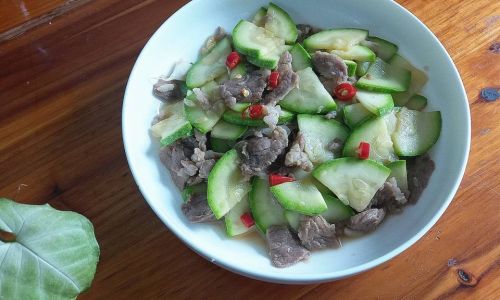
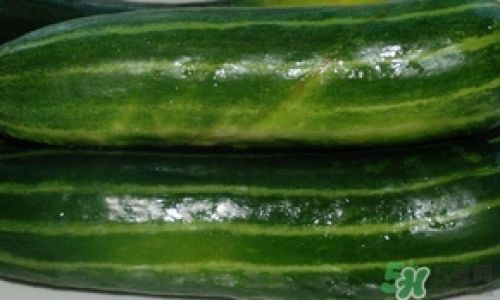
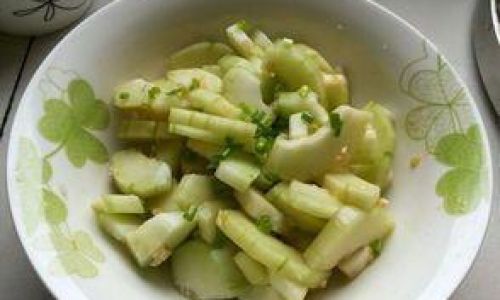


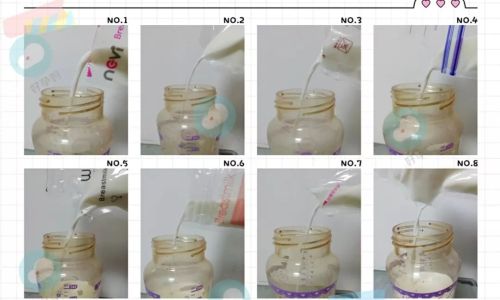
0 comments